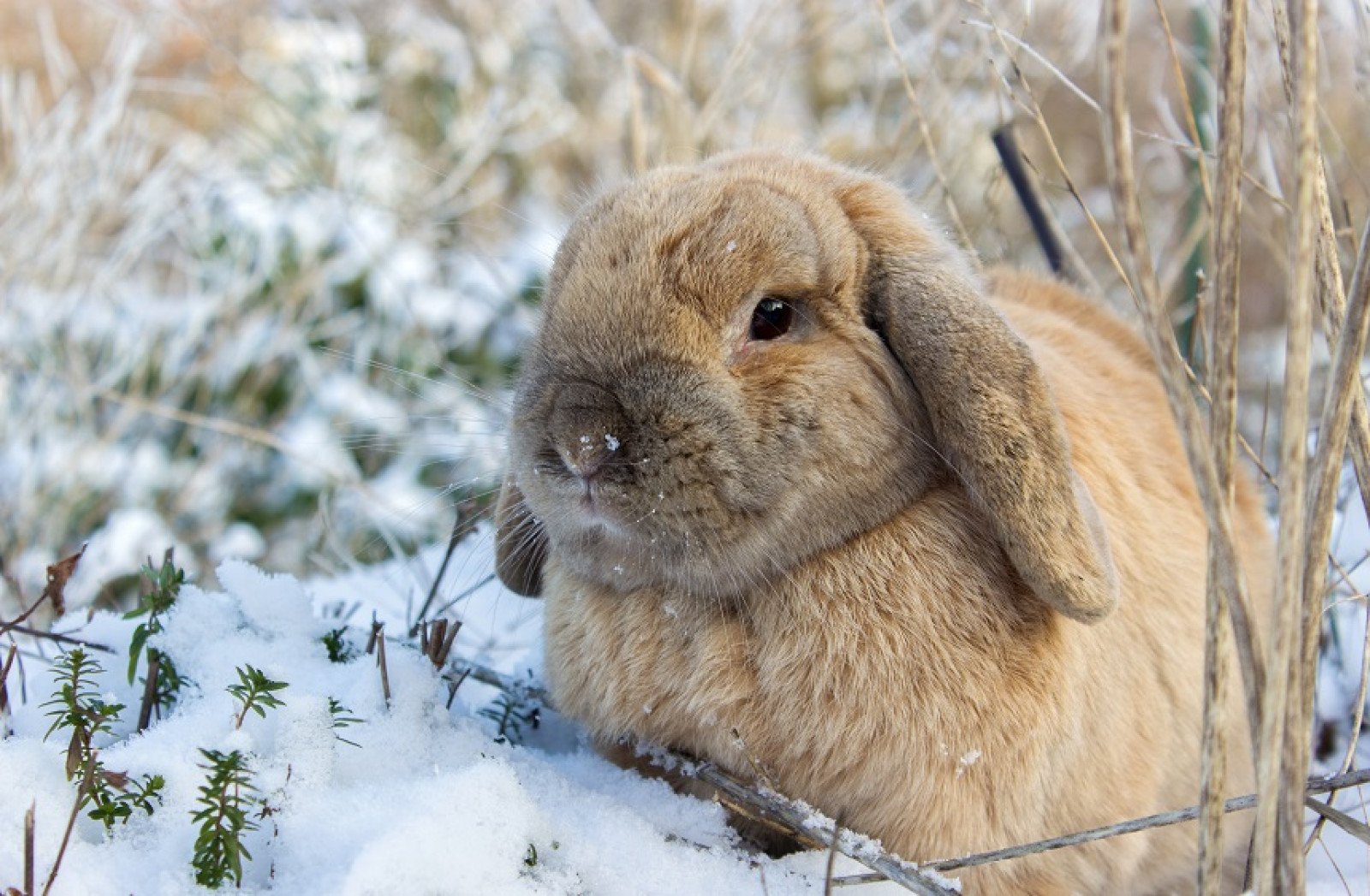Winter warmth
Animals have a variety of ways to accommodate daily and seasonal cycles. What energy conservation habits we can learn from animals?

Overview
Through a fun, interactive slide show, learn about how animals keep warm, how we have similar tactics and how to save our heat. |
Instructions
What you'll need
- "Winter warmth" slideshow
- Digital projector and screen
- Ask the students to bring to school one of their favourite stuffed animals or use ones in the school if available.
- Put up the “Winter warmth” slideshow on the screen.
- Students learn about how animals and us can keep warm in winter.
- Slide 4, pause and ask students to think of animals that have fur. Ask them if their stuffed animals have fur.
- Slide 6, pause and ask students to choose who is dressed best for the cold. Discuss what we can wear outside in the cold, and wear inside instead of turning up the heat.
- Slide 14, pause and have the students stand up and run on the spot. Ask them if they are warmer afterwards.
- At the end of the slideshow, students can share how they keep warm.
Modify or extend this activity
- Have the students communicate how to keep warm through drawing and painting instead of verbally.
- Go to the gym or outside to play a fun game to use physical exercise to keep warm.
Curriculum Fit
Kindergarten Science
Big idea
- Plants and animals have observable features
Content
- Basic needs of plants and animal
- Living things make changes to accommodate daily and seasonal cycles
Curricular competencies
Questioning and predicting
- Demonstrate curiosity and a sense of wonder about the world
Planning and conducting
- Make exploratory observations using their senses
Communicating
- Share observations and ideas orally
Assessments
- Assess students’ ability to share ideas and listen to each other
- Assess students’ ability to follow simple directions and participate
- Assess students’ understanding on ways animals (including humans) can adapt to the cold without using artificial heating
Teaching Notes
Animals, including humans, have a variety of ways to keep warm in winter. Some of these include:
- Fur, fat or some form of insulation. Humans use clothing as insulation, but also design our buildings with insulation.
- Heat. We use heat to keep warm in our homes. In B.C. this could be from a variety of different sources like hydro electricity, natural gas, or wood. Whatever the source, like food and water, we do not want to waste heat. Ways to winterize your homes, save energy and reduce cost include: weather-stripping, adding extra insulation into the attic, shrink wrapping your windows, turning down the heat at night or when you are out, only heating the rooms you need, adding a programmable thermostat, keeping your heat source clear of furniture (so you are not blocking the heat), vacuuming your baseboards and closing doors and windows. Closing doors when students come in from the cold is a great way get them to start thinking about conserving heat. For more information, visit tips on how to reduce drafts.
- Hibernating or migrating. Due to the shorter daylight hours humans would naturally sleep longer in the winter months lowering their metabolism and keeping warm in bed
BC Hydro electricity conservation
BC Hydro uses the power of falling water to create clean, reliable and renewable electricity. However, it is essential we conserve hydro electricity as conservation is a key means to preventing the environmental impacts of increasing electricity demand. See BC Hydro's environmental policy.







